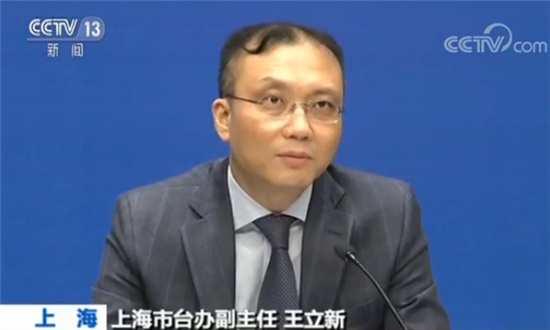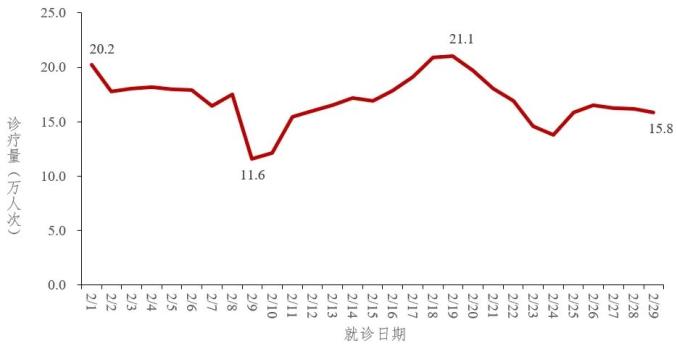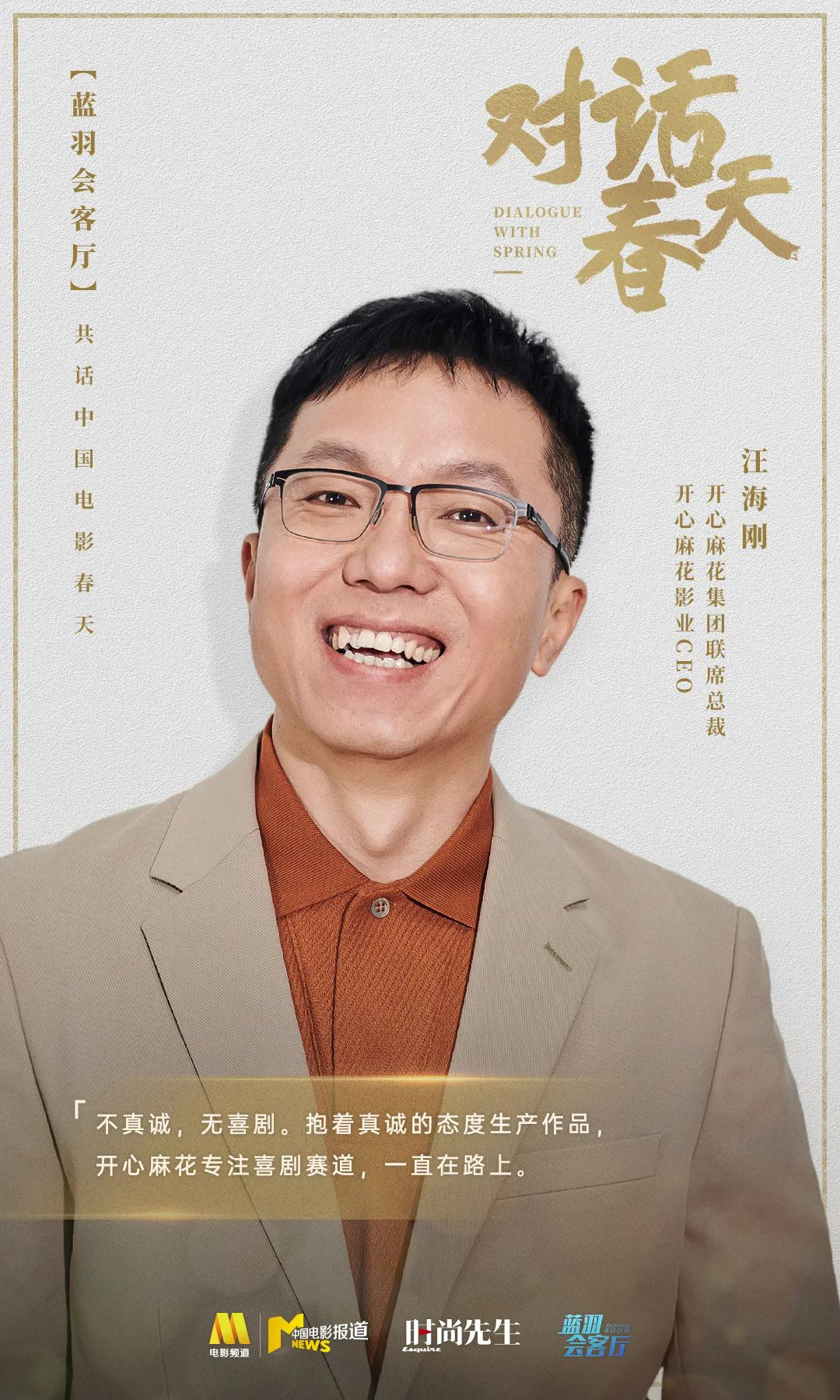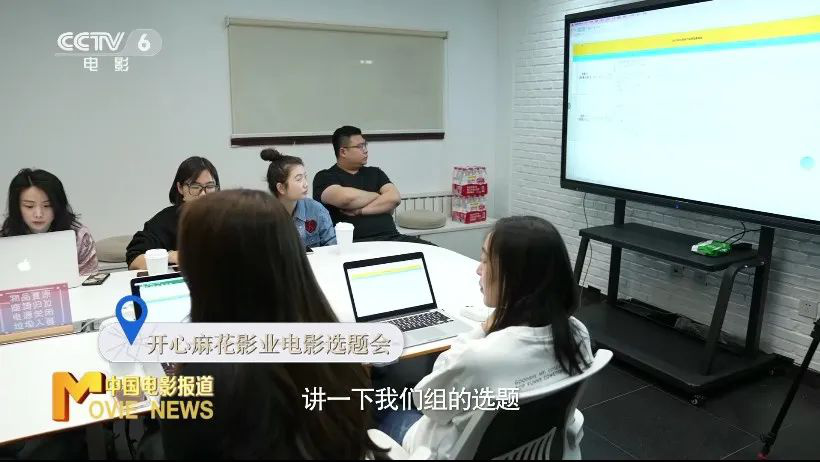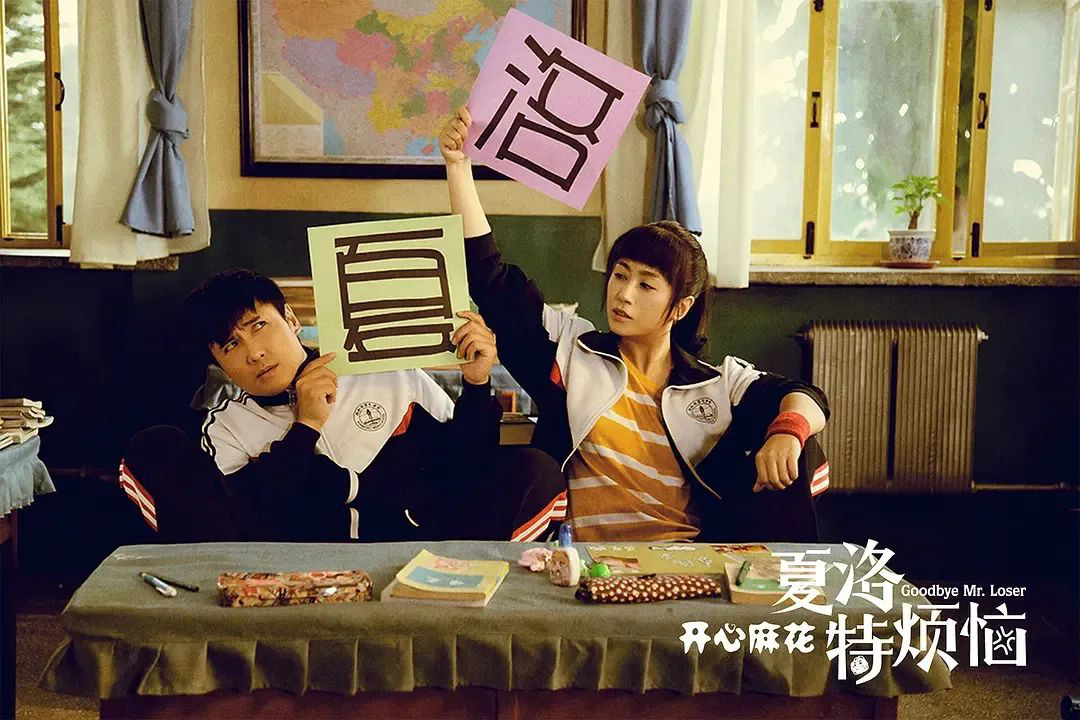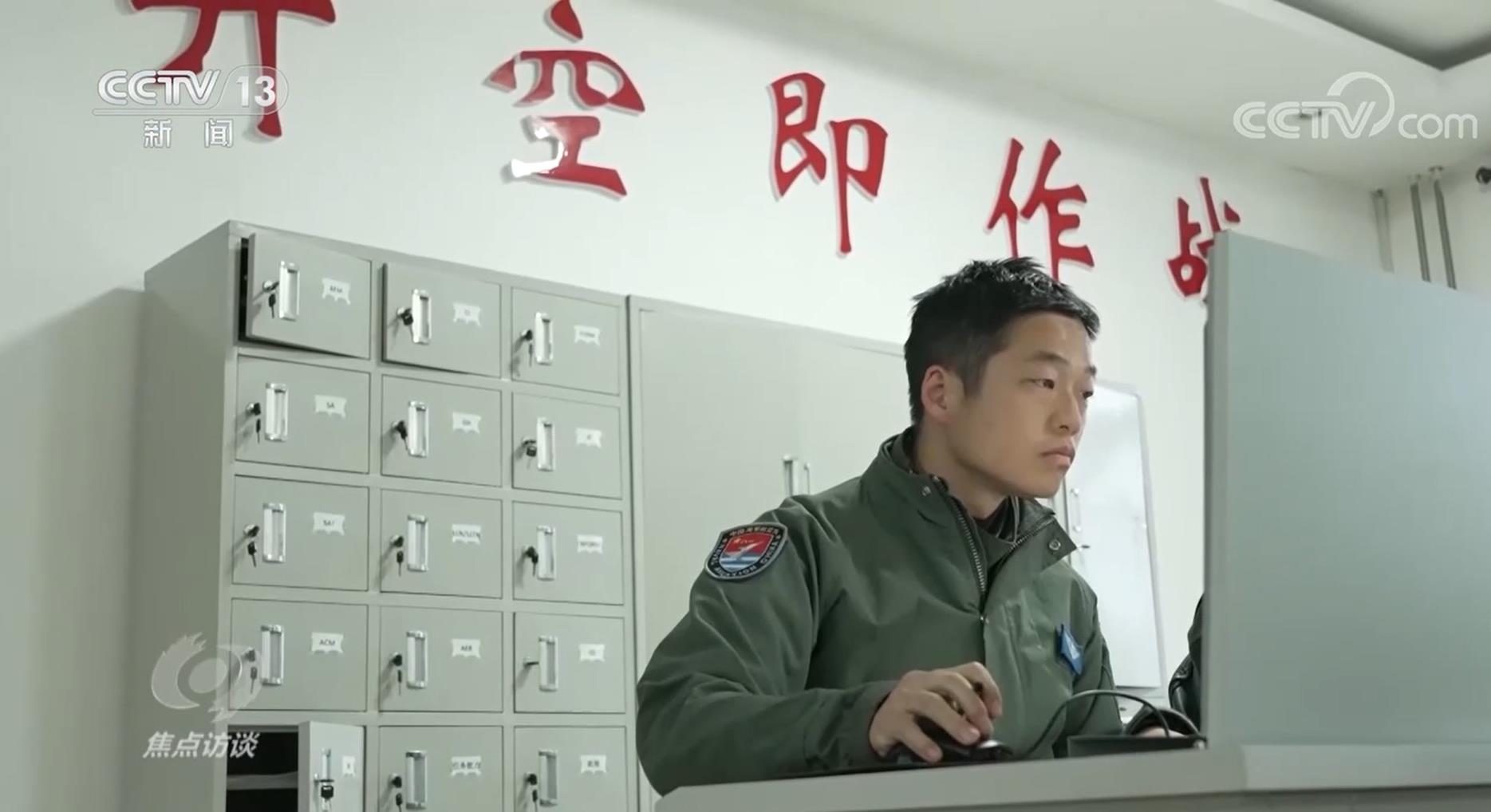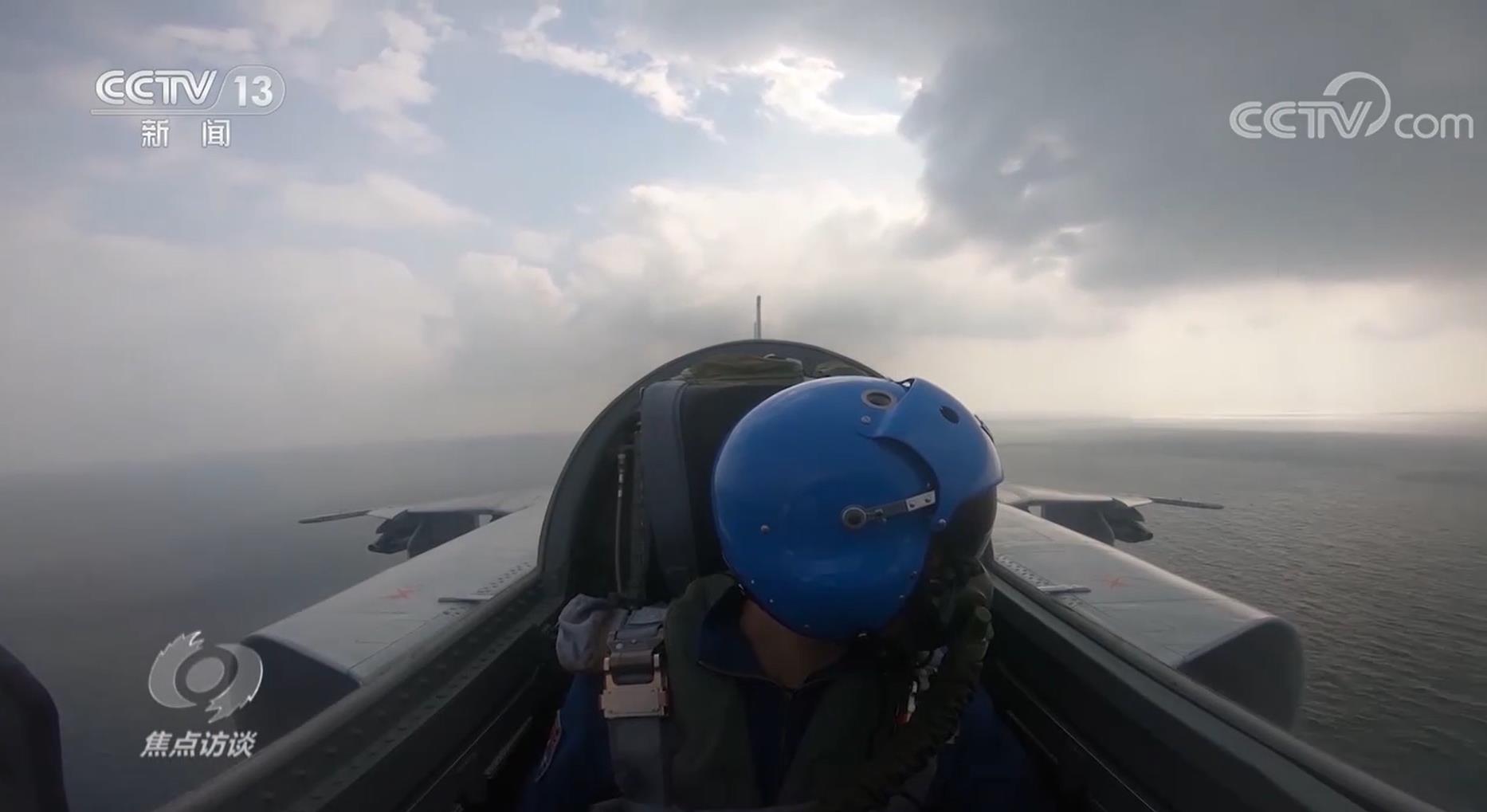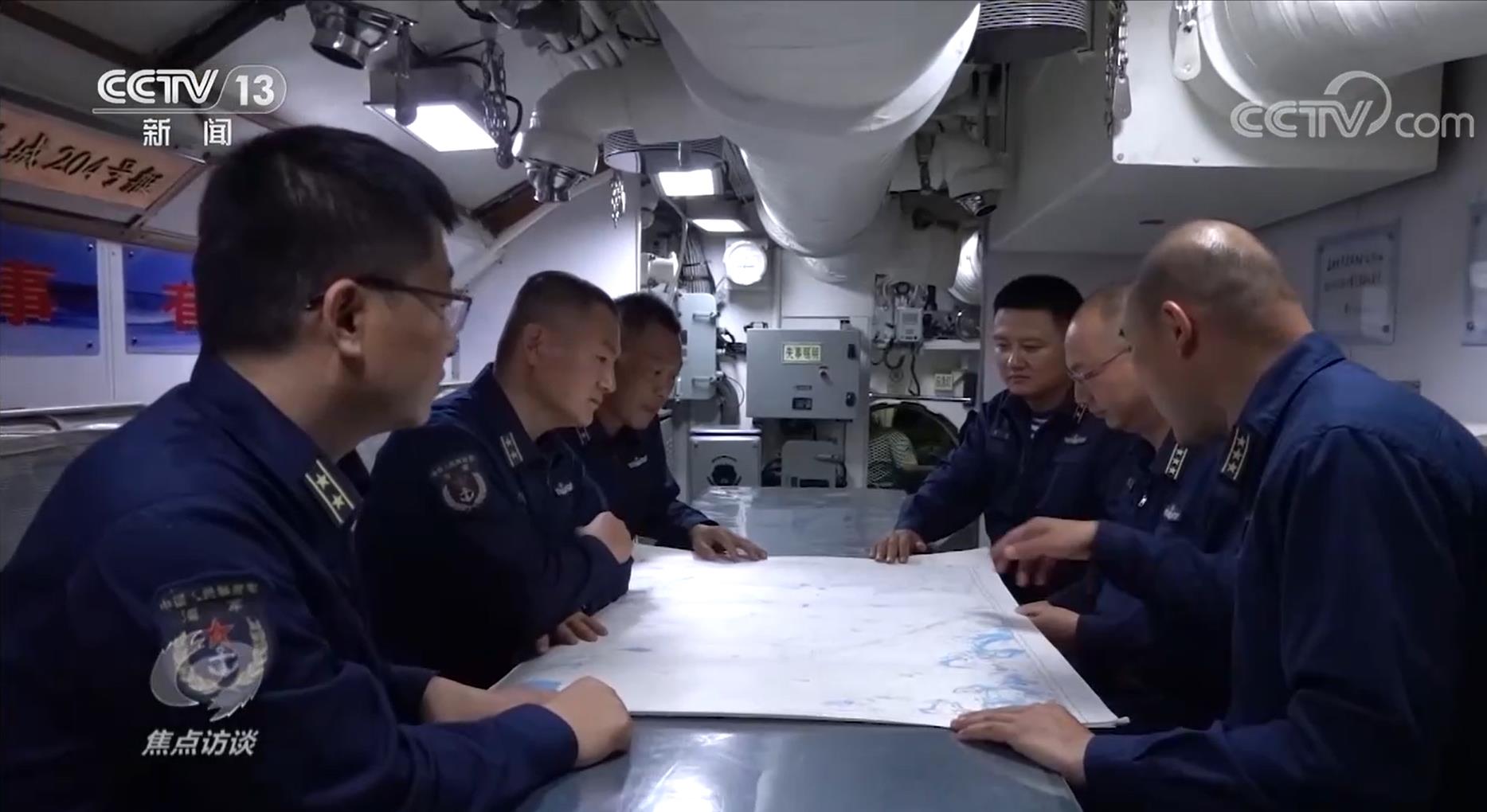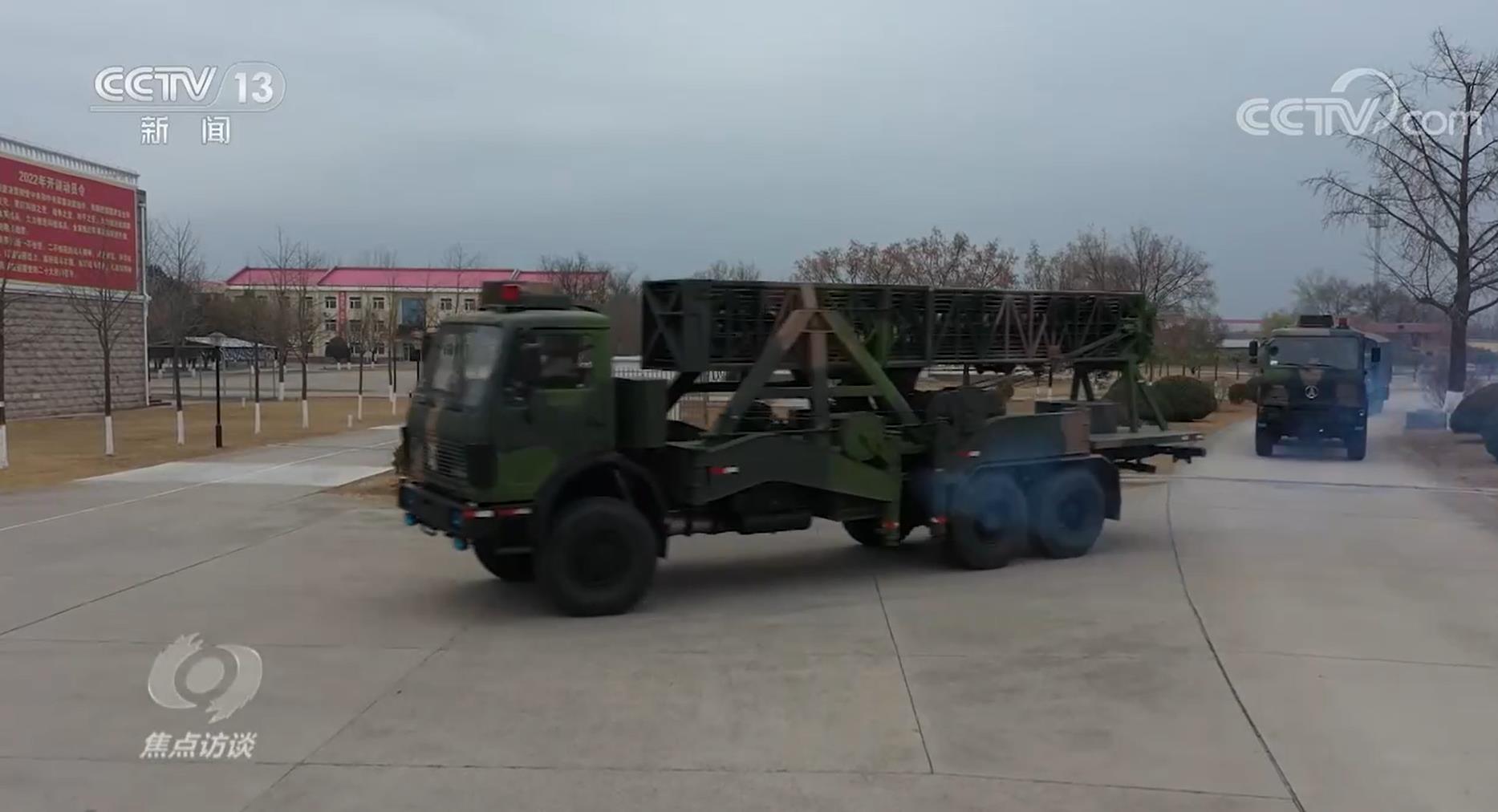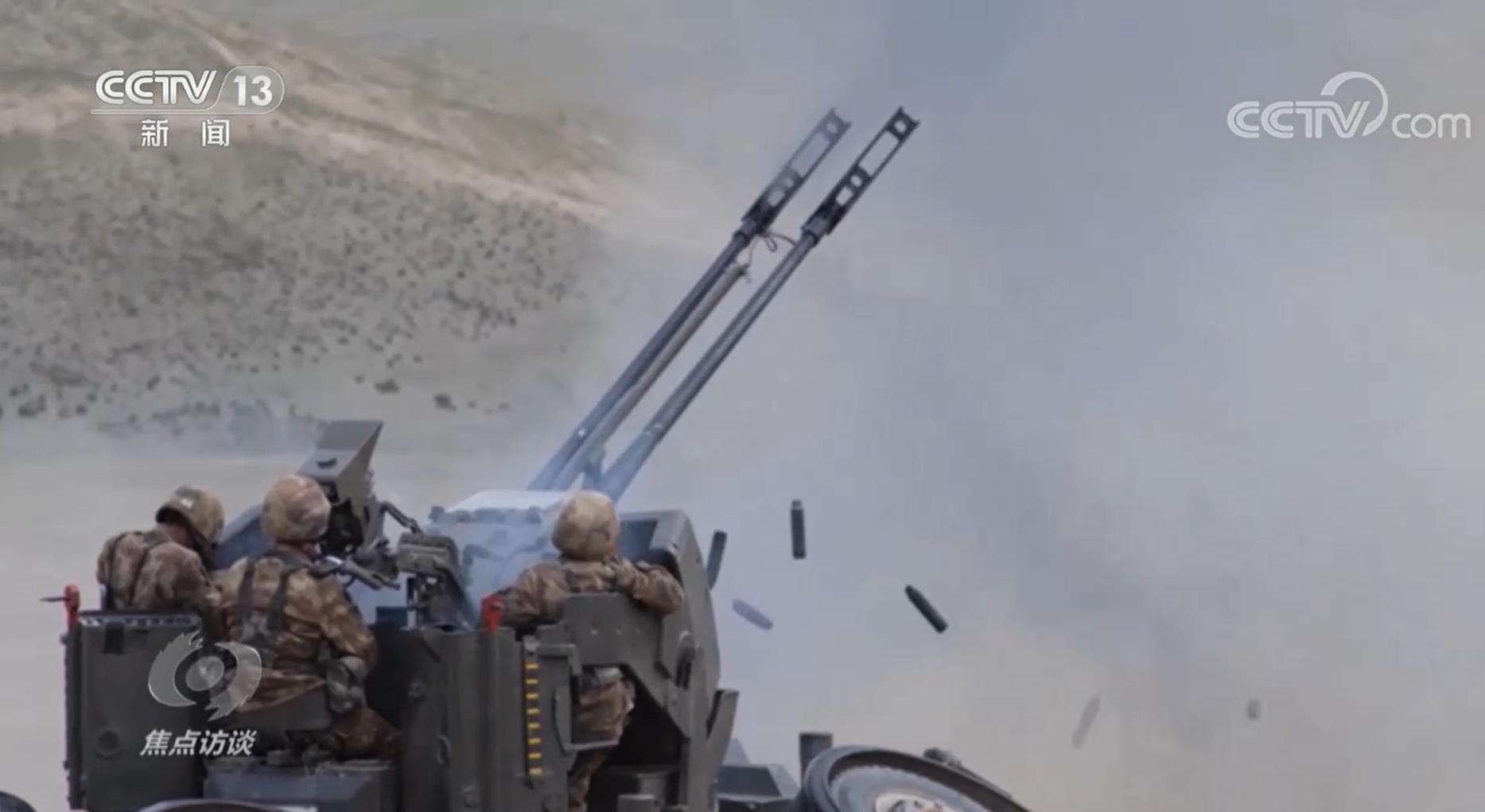
Cctv newsAccording to the website of State Taxation Administration of The People’s Republic of China, recently, local tax authorities, together with public security departments, have successfully investigated and dealt with a number of illegal cases in a special campaign to crack down on tax fraud and false issuance, maintaining a high-pressure situation in cracking down on tax-related illegal acts, effectively maintaining the normal tax order and effectively creating a fair and just business environment. Seven typical cases of tax fraud and false opening are now exposed.
1. Beijing "11.01" falsely issued special VAT invoices.
In March 2017, the Beijing Municipal State Taxation Bureau and the public security organs successfully investigated and dealt with the case of Beijing "11.01" falsely issuing special VAT invoices. It was verified that during the period from May 2013 to October 2016, the criminal suspect Li created the illusion of normal purchase by lending the mobile phone agency qualifications of two enterprises involved in the case, and obtained a special invoice for falsely issuing VAT input. The criminal suspect Lai Mou and others falsely issued 20,000 special VAT invoices to 1,662 enterprises in Hebei, Tianjin and other places by means of separating tickets from goods, changing the name of goods, signing false purchase and sale contracts and forging capital flow, involving an amount of 3.55 billion yuan and a tax amount of 600 million yuan. The State Taxation Bureau of Beijing issued a Notice of Confirmed False Issuance to the local tax authorities of downstream drawee enterprises. At present, the case has entered the judicial process.
Two, Jiangxi "6 16" false special VAT invoice case.
In July 2016, the State Taxation Bureau of Jingdezhen City, Jiangxi Province successfully investigated and dealt with the case of "6 16" falsely issuing special VAT invoices in Jiangxi Province. It has been verified that from August to November, 2015, three enterprises, Jingdezhen Mingmen Trading Co., Ltd., Jingdezhen Remote Metal Products Co., Ltd. and Jingdezhen Baoping Trading Co., Ltd., made fictitious capital transactions without production and business premises, processing capacity, employees and transportation behavior, accepted special VAT invoices issued by a trading company with the name of "AU99.99 Standard Gold", and falsely issued goods with the name of "Au 99.99 Standard Gold" to downstream enterprises. Jingdezhen State Taxation Bureau has issued a Notice of Confirmed False Issuance to the tax authorities where the downstream drawee enterprises are located, and transferred the case to the public security organs for handling. At present, the case has entered the judicial process.
Three, Gansu "4 11" false special VAT invoice case.
In April 2016, Gansu Provincial State Taxation Bureau successfully organized and investigated the case of "4.11" falsely issuing special VAT invoices. It has been verified that during the period from July 2015 to January 2016, two fraudulent gangs with Han and Zhang as actual controllers used other people’s identity information to falsely register companies and obtained 2,268 fraudulent VAT invoices by paying handling fees, involving an amount of 233 million yuan and a tax amount of 34 million yuan; At the same time, in the absence of actual business, 2088 special VAT invoices were falsely issued to 76 enterprises in 32 cities in 18 provinces such as Guangdong and Henan, involving an amount of 192 million yuan and a tax amount of 27 million yuan. The State Taxation Bureau of Gansu Province has issued a Notice of Confirmed False Opening to the tax authorities where the downstream drawee enterprises are located, and transferred the case to the public security organs. At present, the public security organs are handling the case according to law.
Four, Sichuan "4 27" false VAT invoice case.
In March 2017, the State Taxation Bureau of Suining City, Sichuan Province and the public security organs jointly investigated and dealt with the case of "4 27" falsely issuing ordinary VAT invoices. It has been verified that the criminal suspects Yang and Wang Moumou falsely registered 57 "shell companies" by using other people’s identity information, and fled after falsely issuing a large number of ordinary VAT invoices in a short period of time without real goods transactions. From January 2016 to March 2016, the gang falsely issued 4,466 ordinary VAT invoices for others, such as "steel", "wood square" and "building materials", involving an amount of 391 million yuan and a tax of 11.73 million yuan. Suining State Taxation Bureau has issued a Notice of Confirmed False Opening to the local tax authorities where the downstream drawee enterprises are located. At present, the case has entered the judicial process, and the main suspect has been sentenced and fined.
V. Tax fraud case of Hainan Huatai Feng Investment Co., Ltd.
In July 2016, Hainan Provincial State Taxation Bureau successfully investigated and dealt with the tax fraud case of Hainan Huatai Feng Investment Co., Ltd. It has been verified that during the period from May 2012 to November 2013, the company accepted 228 false special VAT invoices from a furniture company in Bozhou and a wood product company in Shiquan County by paying the billing fee, involving an amount of 20.62 million yuan and a tax amount of 3.51 million yuan. At the same time, in the absence of actual export business, the company obtained relevant export declaration information, altered false export documents, falsely issued 42 export invoices, applied to the tax authorities for tax refund in 17 batches, and defrauded the export tax refund of 3.09 million yuan. Hainan Provincial State Taxation Bureau recovered 3.09 million yuan of export tax rebate defrauded by the company, imposed a double fine, suspended the company’s export tax rebate right for three years according to law, and transferred the case to the public security organ for handling. At present, the case has entered the judicial process.
Six, Hebei Tianyi Trading Co., Ltd. and other three enterprises tax fraud case
In August 2016, the State Taxation Bureau of Shijiazhuang City, Hebei Province and the public security organs jointly investigated and dealt with the tax fraud cases of three enterprise groups: Hebei Tianyi Trading Co., Ltd., Shijiazhuang Duobu Trading Co., Ltd. and Shijiazhuang Zuoxiang Trading Co., Ltd. It has been verified that during the period from January 2014 to June 2016, criminal gangs operated separately and cooperated with each other in purchasing goods, invoicing, customs declaration, settlement of foreign exchange, and tax refund declaration, and defrauded the export tax refund of 15.18 million yuan by means of purchasing goods in different places, falsely issuing special invoices for value-added tax, and overstating the value. Shijiazhuang State Taxation Bureau recovered 5.73 million yuan of export tax rebate from three enterprises, and refused to refund 9.05 million yuan, which was regarded as 400,000 yuan for domestic sales, and stopped the export tax rebate right of three enterprises for three years according to law. At present, the public security organs are handling the case according to law.
Seven, Henan Xuchang Jingying Arts and Crafts Co., Ltd. tax fraud case.
At the beginning of 2017, the State Taxation Bureau of Xuchang City, Henan Province successfully investigated and dealt with the tax fraud case of Xuchang Jingying Arts and Crafts Co., Ltd. It is verified that from March 2013 to April 2016, Sun Moumou, the actual controller of Xuchang Jingying Arts and Crafts Co., Ltd., and Li Moumou and Zhang Moumou, the criminal suspects, cooperated with each other to commit crimes, bought special invoices for value-added tax by paying handling fees, and used other people’s export customs declaration data to fraudulently report exports, and defrauded export tax rebates of 23.5 million yuan. Xuchang State Taxation Bureau recovered the export tax rebate of Xuchang Jingying Arts and Crafts Co., Ltd. for 23.5 million yuan, and was fined twice. It is planned to suspend the export tax rebate right of the company for three years according to law and transfer the case to the public security organ for handling. At present, the case has entered the judicial process.
